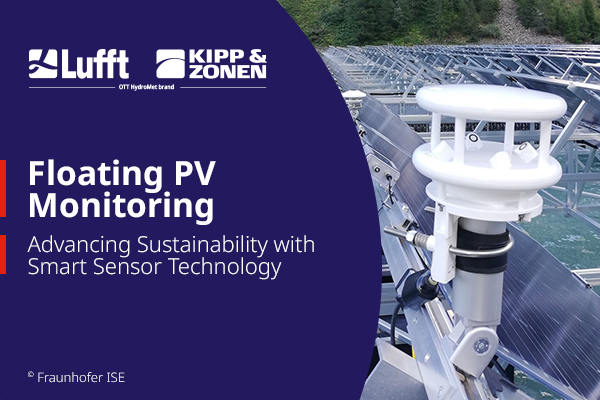Hardly any country in the last 30 years experienced a rapid change such as China. No question, such rapid growth devours huge quantities of “energy”. But energy is a fragile commodity. Material damage and environmental influences endanger the power supply in a huge country like China and can bring it to a halt quickly.
Photo-Credit: Thorsten Schier – Fotolia.com
Hardly any country in the last 30 years experienced a rapid change such as China. In the first half of the 20th Century still underdeveloped and dominated by an agricultural economy that involved almost 90% of the population, China is now a different country. First, the seizure of power by the Communists and the consequent nationalization initially brought no improvement. On the contrary, as a “great leap” announced transformation under Mao Zedong ended in disaster for millions of Chinese. Only after the death of the chairman in 1976, the country opened for economic change. Since then, almost every year record growth rates are achieved. China is now regarded as an economic superpower. Many major European companies earn far more money in China than in their home markets. Ailing industries in Europe, can often hardly meet the demand in China.
No question, such rapid growth devours huge quantities of “energy”. First, there are the millions of people who move from the countryside to the cities to find work in the factories and on the other hand, raw materials are processed in unprecedented quantities. In addition, the growth of China also consumes vast amounts of electricity. At the same pace, underdeveloped parts of the country get to be modernized. Places which a few years ago knew no electricity and running water shine now in the light of neon signs. However, energy is a fragile commodity. Material damage and environmental influences endanger the power supply in a huge country like China and can bring it to a halt quickly.
In the middle the Chinese Spring Festival in February 2010, ice storms caused many power poles to break under the weight of icy lines. The destroyed infrastructure led to millions of travelers being stuck not reaching their destination. Renewable energy can be ideally obtained in the cold northern areas of China, especially with wind turbines, but also with photovoltaic systems. However, the way in the populous south is long, so that the supply and the reliable transmission of the generated energy are important issues for the future. Making sure that a nationwide power supply can be assured. Power poles are sometimes 300 meters high, taller than the Eiffel Tower in Paris.
Smart Grid in China with Lufft compact weather station WS600-UMB
It takes little to imagine what an impact another collapse of the power parts of the country would have on the production in China. To be informed about the weather conditions at the sites of energy production, as well as on the power poles in the country, Lufft installed compact weather stations from the WS600 series in China. The WS600-UMB compact weather station is used to measure air temperature, relative humidity, precipitation intensity, precipitation, rainfall, air pressure, wind direction and wind speed. From the correlation between droplet size and speed and rainfall intensity are determined. The type of precipitation (rain and snow) is determined by the difference in drop speed. Another advantage of the WS600 group is that it is relatively maintenance-free. Thus, the relevant data in this giant country, can be measured accurately and without interruption, and provide timely information on whether the power supply could be jeopardized.




